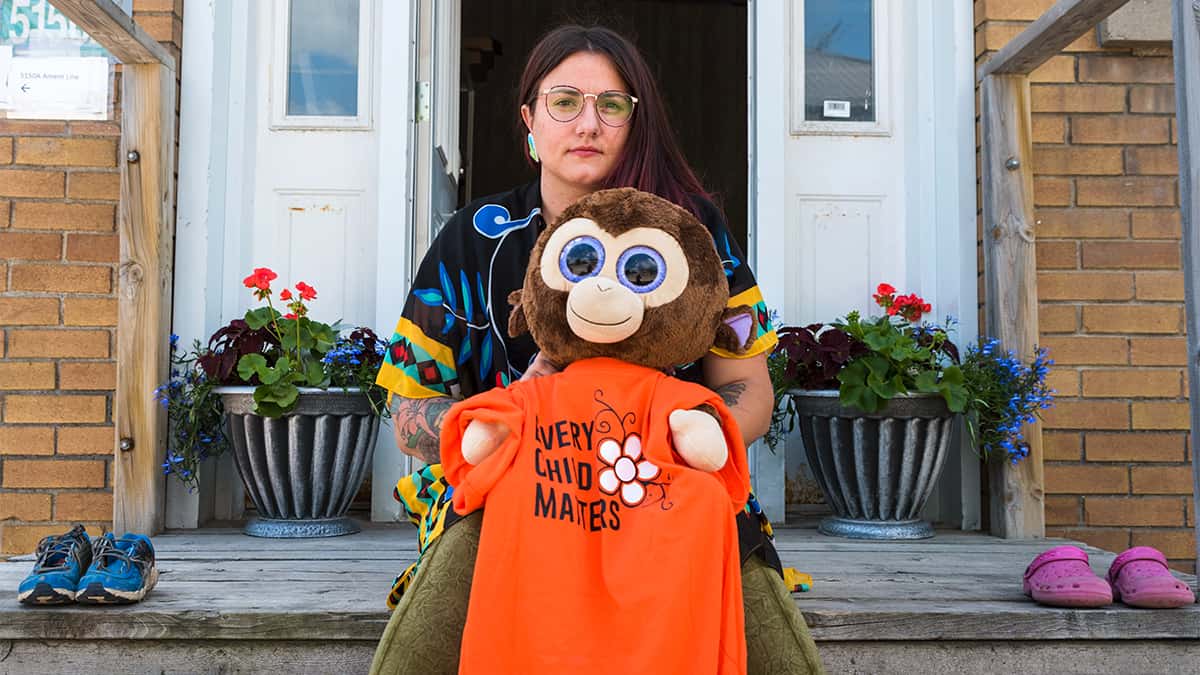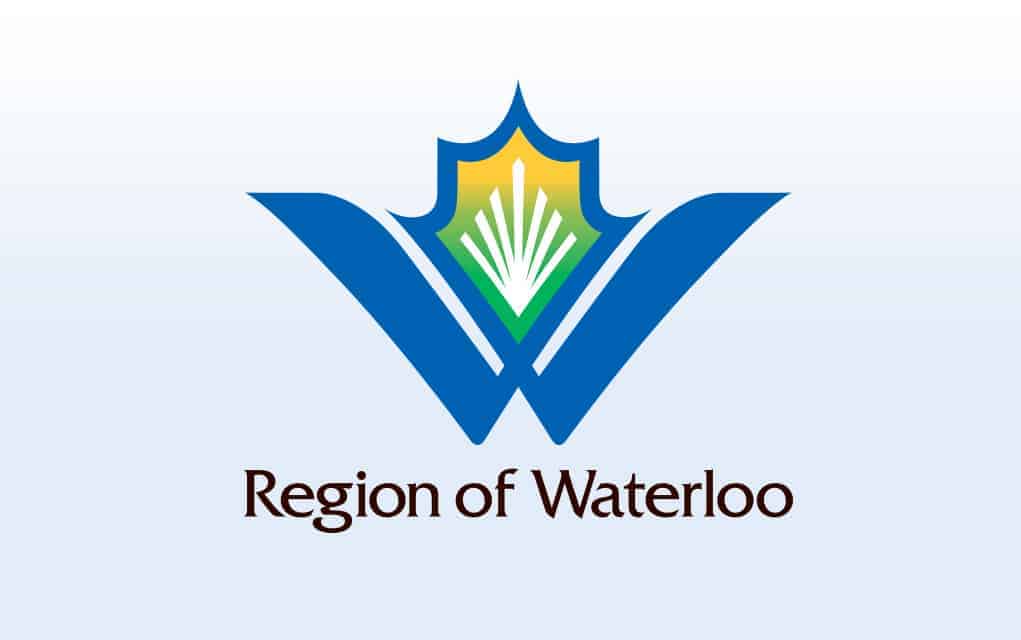When Pandora Wilhelm first heard the news regarding the remains of 215 children found buried at the Kamloops Indian Residential School, she was not surprised.
“It shouldn’t have taken this long,” expressed Wilhelm. “We’ve been pushing for it [an investigation] for years.”
The Kamloops Indian Residential School was first established in 1890 and was in operation until its closure in 1969. At its peak in 1950, Kamloops saw 500 students enrolled. The school still stands today, located on the Tk’emlúps te Secwépemc First Nation.
Rumors of unmarked graves on the school grounds were finally proven true after the Tk’emlúps te Secwépemc investigated the site themselves and announced the discovery of 215 child bodies, some as young as 3 years of age.
“It should not be up to the indigenous bands and the people to be paying for [the investigation],” said Wilhelm. “It needs to be paid for by the government, with us there holding the space, supervising it to make sure it’s being done in a good way.”
As the rest of the country reels back from the shocking discovery, Wilhelm, along with other Indigenous Wellesley community members, are taking steps to make sure this event is used as a catalyst for meaningful change, including building a makeshift memorial with donated shoes.
“Whenever something like this, a big Indigenous issue, happens; I find that it’s a couple of weeks of news coverage and then people just stop talking about it,” said Wilhelm “So we want to keep the discussion going into indigenous peoples day.”
The way Wilhelm hopes to keep that discussion going is a roaming art installation that is first to be erected at the former site of the Sir John A Macdonald statue in Wilmot Township.
“Then we’re actually going to be setting up a black billboard that we can move around the region with permission from different agencies to have a continual discussion,” explained Wilhelm.
Educating and spreading awareness of Indigenous culture is at the core of Wilhelm’s goals ever since she discovered her own Métis ancestry.
“Before I identified [as Métis] in any way whatsoever, I wanted to make sure I did the work. So that’s how my journey started,” said Wilhelm. “I went to the [Penetanguishene Centennial Museum] and spent the better part of two years there, every weekend I could, going through their archival records until I was able to find a [document] that lists my great, great, great grandfather signed what’s called the ‘Halfbreed Petition of Penetanguishene’ in 1840.”
Moving forward, Wilhelm would like to see more dialogue between municipal leaders and the Indigenous people in those communities.
“There are tons of Indigenous folks in our community, not necessarily in Woolwich, but in the Region of Waterloo that are very vocal,” said Wilhelm. “Just reaching out to them to connect or going through the agencies like Healing [The Healing Of The Seven Generations], Anishnabeg Outreach and White Owl [White Owl Native Ancestry Association].”
Those who wish to contribute shoes to Wilhelm’s project can find donation bins located at her business on 5150 Ament Line in Linwood, or bring them to the former site of the Sir John A Macdonald statue in Wilmot Township.









